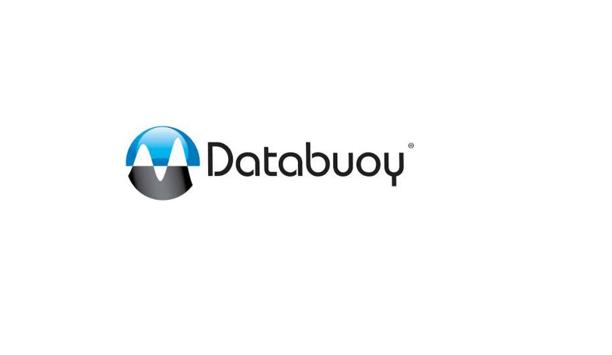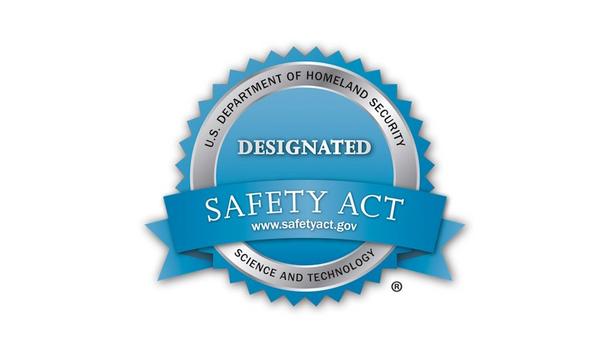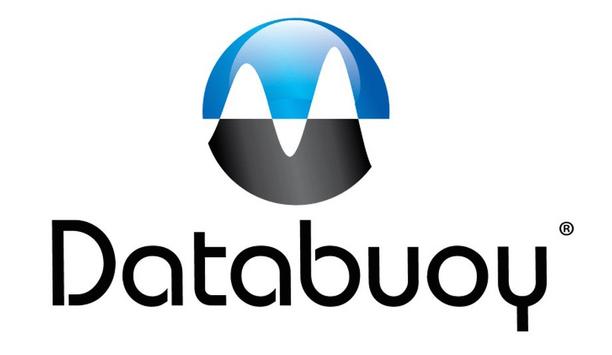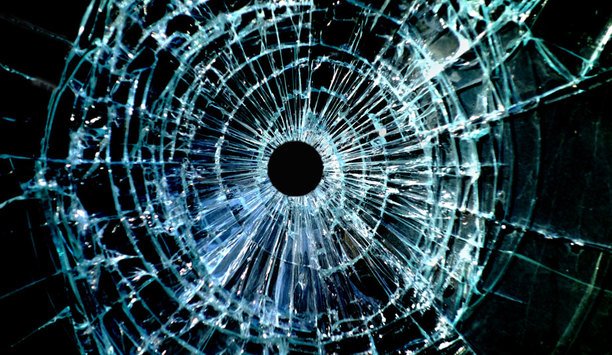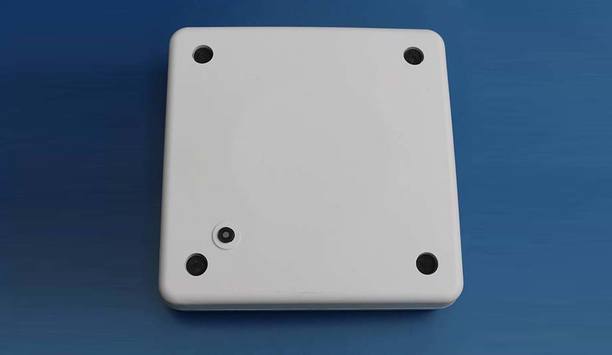Kathleen Griggs

Kathleen Griggs
President, DatabuoyKathleen is the President & Founder of Databuoy. She took the company from an initial sensor technology development effort to an $18.5M contract from the Department of Defense to develop and field Embedded Systems Command and Control Technology. She is a former Navy Engineer and Technical Agent for the Defense Advanced Research Projects Agency (DARPA). As a DARPA Agent she managed efforts under the Warfighter Visualization, Smart Modules, and Distributed Robotics Programs. Her program successes include valuable technologies such as video geo-registration, augmented reality, and wearable computing.
News mentions
Databuoy Corporation, a Department of Homeland Security (DHS) SAFETY Act Designated provider of acoustic gunshot detection and localisation technologies, announced the commercial launch of integrated...
Databuoy Corporation (Databuoy), a pioneer in gunshot localization and real-time emergency alert intelligence systems, announced that their SHOTPOINT product line; Indoor, Outdoor, and Vertical, has b...
Databuoy Corporation, a gunshot localization and real-time emergency alert intelligence system, and the Philadelphia Police Department announced that SHOTPOINT, Databuoy’s life-saving gunshot lo...
ShotPoint is an acoustic sensor network that incorporates strategically placed nodes Regent Power will be showcasing their Smart City Streetlight that features an integrated camera,...
A gunshot localization solution can turn a video camera system into a real-time safety system in the event of an active shooter. Called ShotPoint, the system is completely automated. Working with a vi...
ShotPoint is a unique sensor system that provides reliable shooter detection and localisation coverage for both indoor and outdoor areas Databuoy Corporation announces that the U.S....
